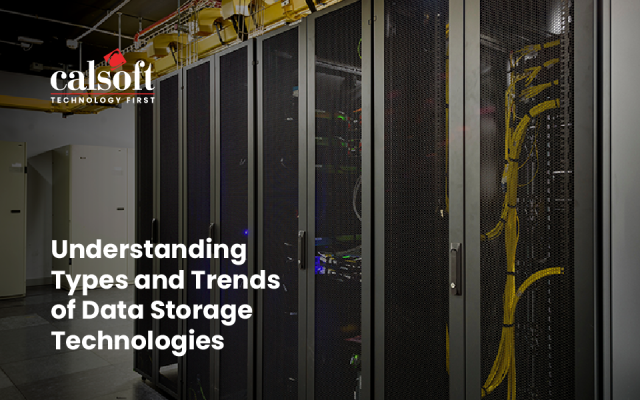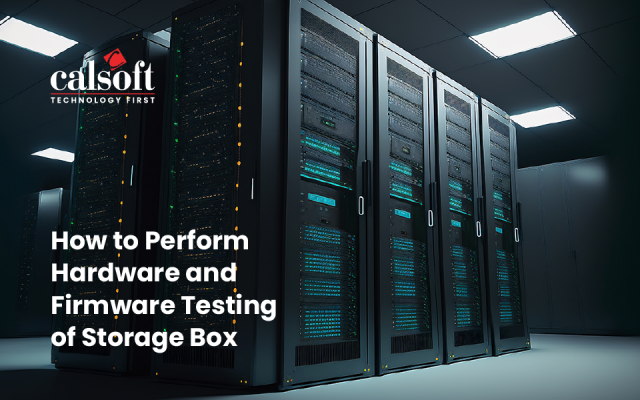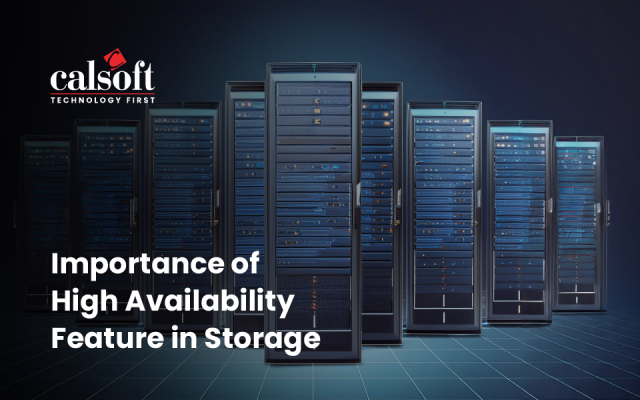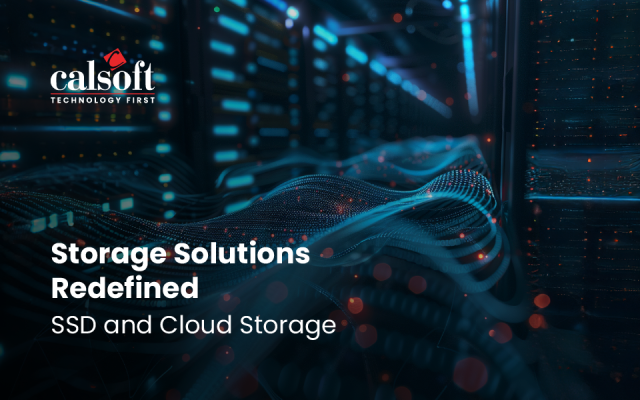Over the past few years, cloud storage has gone from a niche technology to one used by billions of people worldwide. But some businesses are still resisting the change. Storage as a service has many benefits, but now they have grown closer to necessities. In this hyperconnected world of ours, not maintaining proper access to data can cause major problems. Let us look into some of the issues such a company might face.
Inaccessible data – Data is what businesses run on. From customer data to internal communication, data needs to reach places where it’s needed and when it’s needed. Without a connection, your data cannot be shared, cannot be analyzed, and cannot be seen. A related problem is that since all your data cannot fit on your servers, some will have to be moved or deleted, making it hard or even impossible to access.
Data Security – Cloud service providers take data security extremely seriously. As a matter of fact, it is one of the main draws of storage as a service. Cloud storage systems save data across multiple redundant servers, so even in case of wide-ranging disasters, data remains secure. For data to be lost, every single data center in the world would have to go down at the same time, which is borderline impossible. With features such as versioning, backups, and redundancy, cloud data security can handle incredibly tough challenges. On premises data storage facilities, on the other hand, can be wiped out by any disaster with the recovery being either difficult or impossible.
Expense – Data storage facilities that can store large amounts of data are exorbitantly expensive. Multiple things go into the expense of setting up data storage facilities on your premises – on top of the physical storage setup, you will also need to set up cooling systems, power backups, wiring, permissions, and more. On top of this, you will also have to hire large amounts of staff dedicated to handling these delicate systems, as well as setting up digital and physical security systems to protect your data. All these expenses tend to add up and only grow as your business grows larger.
File Sharing is Difficult – Collaboration is the name of the game in any organization. Siloing information is often counterproductive, especially in smaller teams, so making sure that people have access to the files they need is vital. The problems grow further if you need to share information with someone outside the company, as a lack of cloud storage heavily hampers the use of the internet in general. Data can only be transferred via physical storage mediums, which carry a heavy risk of data breach or data loss.
Single user – Depending on the system your company uses, it so happens that only individuals can access the data centers at any given time. This can make data dissemination slower and more complex, reducing the agility of the company as a whole. Similar to the previous point, employees will be unable to collaborate properly on complex files, creating situations where work doesn’t get done properly or things are missed. Another issue is the lack of synchronization, a feature offered by pretty much every single cloud provider. Without synchronization, all data must be physically carried by the people working on it, and any backups of it are necessarily older versions, and naturally susceptible to data loss.
Inconvenient – Maintaining onsite physical data storage facilities is very cumbersome. You need to protect your servers and local storage devices from accidents and natural calamities or run the risk of losing physical as well as virtual assets. These tasks weigh on your resources heavily and limit their potential. Most businesses these days benefit from storage devices and software consolidated into a single solution that can be entirely taken care of by an expert vendor. From a long-term standpoint, keeping up with the latest technology becomes incredibly expensive over the years, with constant license renewals, system management, and keeping hardware intact and optimally functioning. Moreover, backing up data is often unreliable, slow, and inconvenient. STaaS resolves all these challenges at lower costs.
Unscalable – Just the day-to-day management and maintenance of your IT and data storage system requires dedicated and specialized personnel. As your business needs grow and change, changes need to be made to your data storage and the team that handles your data storage too. Frequent upgrades and expansions like these keep in-house storage experts and architects from focusing on the more challenging tasks that require knowledge of specific business and engineering goals. Onsite storage equipment – hardware is not agile neither scalable. As you keep adding to server space in-house or on server farms, you’re clinging to bulky, unwieldy equipment that will eventually exceed your business needs and ultimately depreciate into obsolescence. You need storage that will scale as your business does.
Being competitive in the current fast-paced environment is difficult. You need quick access to data, agile management teams, powerful data analysis tools, and a lot more. While maintaining data centers on your premises may have some benefits, they are vastly outweighed by the large number of negatives. However, for those of you who wish to keep both, a hybrid cloud model may be useful.
Calsoft has over 20 years of experience in the storage space. No matter your requirements, we can assist you in building resilient and secure storage systems. All companies have unique requirements, ones that only our teams of skilled engineers and storage architects can fulfill.
We will implement a storage solution perfectly suited to you and your business. Give us a call or click here to contact us for a free consultation!






